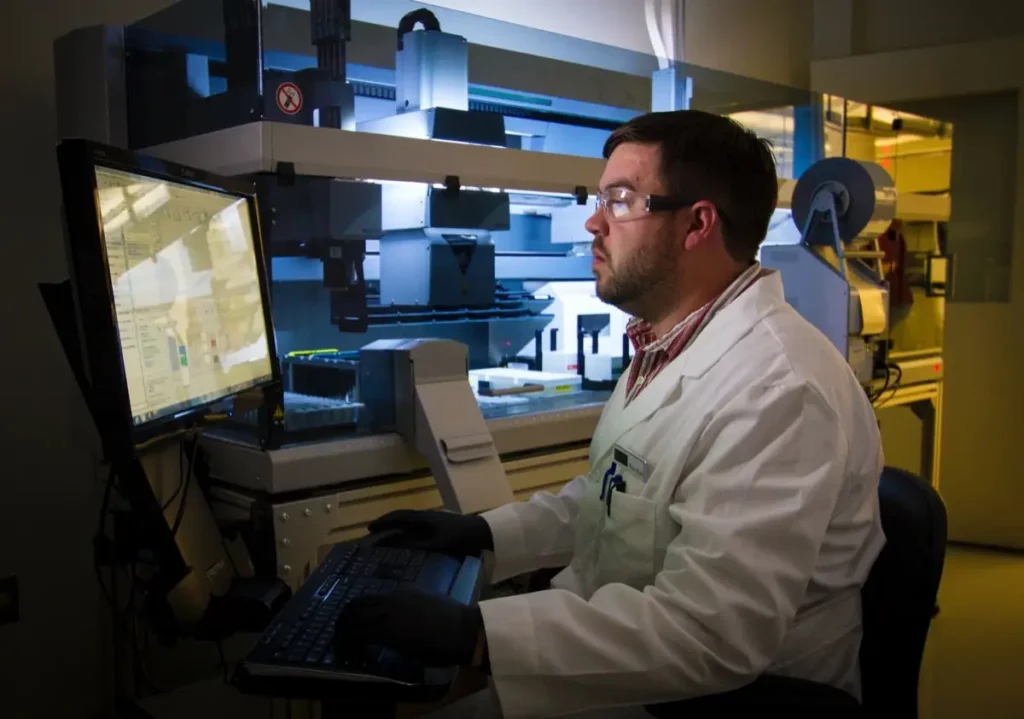Informed citizens are the foundation of good public health. Even the best healthcare systems and the best available treatments can’t create a healthy population unless individuals have strong health literacy themselves.
That’s why accessible science is so crucial.
But during moments of crisis, fear can grip whole populations at once. It’s in those environments that misinformation thrives, and we’ve seen this play out during the COVID-19 pandemic.
Demagogues and charlatans can prey upon those fears for their own ends. What happens, then, is otherwise medically literate people might embrace political scapegoating or anti-scientific conspiracies precisely when the world needs hard science to help solve a crisis.
This is how misinformation becomes a public health concern.
It takes the efforts of many people — researchers, doctors, political leaders — to turn the tide of misinformation. However, medical affairs teams in particular are uniquely positioned to help coordinate that work.
Ignorance of Epidemiology Can Spiral Into a Full-Blown Crisis
During the COVID-19 pandemic, a confluence of existing conspiracy theories and medical misunderstandings created friction in the political mechanism that would have been useful for slowing contagion rates.
For example, in the U.K. there was already an organized campaign against the implementation of 5G technology. Anthony Cuthbertson at The Independent reported in April 2020 how one Change.org petition that claimed “radiation emitted from 5G towers sucks oxygen from the atmosphere and affects people’s ability to breathe” had received more than 100,000 signatures before it was taken down.
There’s a rich history of suspicion surrounding viral outbreaks and the medical responses to them. Alison Meek, a history professor at Western University in Canada, told the CBC how conspiratorial public responses to COVID-19 echoed both the anti-vax movement and the conspiracies that prevailed during the HIV/AIDS epidemic in the 1980s and 1990s.
“When you’re scared, when you’re frustrated, you want someone easy to blame,” she said. “… We want to point to somebody and say, ‘Aha! You’re the one — there’s a bad guy here that did it,’ as opposed to, ‘this is just how these pandemics actually work.’”
When people start looking for a scapegoat, that’s when medical crises take on a political dimension. For example, during the COVID-19 pandemic many governments rushed to offer their assessments of who was culpable. When Chinese officials floated a claim that the novel coronavirus “originated in Italy or from a military laboratory in the United States,” Emma Grey Ellis at WIRED writes, leaders from Iran and the Philippines leapt to embrace that explanation.
Geopolitics aside, “the real impact is that aid and medical knowledge are flowing less freely at a time when unity and transparency would be far more beneficial,” Ellis writes.
It’s within this difficult matrix of suspicion, mistruths and lies that medical affairs must get science-backed insights to the stakeholders who need that information. That’s no easy task, but it’s doable if you’re strategic in your storytelling, if you have the right allies, and if you have access to the right informational resources.

Developing a Thoughtful Counternarrative
A public-health crisis thrives when people speak and act emotionally. Raw science can’t counter emotional speech, however. Only emotions can battle emotions.
For medical affairs professionals, then, it’s important to know how to speak the language of an emotional public while maintaining an authoritative voice. That can be hard when your Facebook feed is full of family members sharing anti-vax memes, but the key is to never lash out “in anger or with ridicule,” Dr. Yenting Chen at the Alta Bates Summit Medical Center in California writes.
“Please remember that the vast majority of our friends and family have not undergone training in reviewing medical research. Concepts such as selection bias and statistical power analysis, which are instantly apparent to us, might be completely foreign to others. They do not deserve our contempt for being presented with deceptive data, and condescension is not helpful in changing opinions.”
Emotionally driven crises require people who can decode those emotions and then speak to people on those fundamental terms. That’s why the World Health Organization is investing in technology that allows its teams to decode the sentiments people share on social media. The system uses machine learning to analyze how people express their thoughts on an illness outbreak.
“Countering fake news or rumours is actually only responding or mitigating when it’s too late,” says researcher Tim Nguyen, whose team manages the WHO’s Information Network for Epidemics. “What we’ve put in place in the beginning of the pandemic is what we call a social listening approach.”
That approach allows the WHO’s comms teams to reach out to people in groups in the language they’re already using in their Google queries (e.g. “how does a pandemic end?”) and in their social media posts.
This is the kind of empathy that must be built into any effective response from medical or research professionals during a public-health crisis.
Leveraging Connections to Counter Misinformation
It’s important to have allies who can help you spread a scientific message when so many people prefer to binge on fearful messages.
Journalists and influencers are a good starting point. Look for people who are already trying to share medical insights, and think about ways you can connect with them.
Someone like Will Oremus at OneZero would be a good fit. He has a weekly tech newsletter, and he has dedicated space in his publishing to clarifying myths and falsehoods surrounding the novel coronavirus.
Lifehacker Senior Health Editor Beth Skwarecki would be another good connection. She’s already written on how medical professionals can use their authority in their personal social networks to share truthful information to friends and family.
Several healthcare professionals have also embraced a responsibility to public information sharing during the pandemic. For example:
Pamela Garretson, a spokeswoman for St. Joseph’s hospital in Paterson, New Jersey, was quick to fact-check a local politician who had shared a video that contained medical inaccuracies.
Cedric Jamie Rutland, M.D. hosts a podcast called Medicine Deconstructed that has devoted airtime to correcting COVID-19 misinformation.
Tom Lawton, an intensive-care doctor in the U.K., has been running the 8 miles to and from work in a mask, and with an oxygen meter, to demonstrate how masks don’t restrict a person’s respiration.
Connecting with people like this can be helpful in getting out a message about a therapy’s effectiveness during a public-health crisis.

Resources for Your Misinformation-Fighting Toolkit
Finally, you can leverage your role as a network node to share helpful insights from all across the medical and clinical research fields. Here are a few reliable sources of insights:
DIA. The Drug Information Association has one of the best pharmaceutical news feeds you will find. Note that you need to be a member to read full articles in the DIA feed.
IFPMA. The International Federation of Pharmaceutical Manufacturers & Associations maintains a resources library on its website. Here, you will find statements, position papers, infographics, and other content designed to spread medical insights.
MAPS. The Medical Affairs Professional Society has a content hub where you can find up-to-date white papers, webinars, standards and guidance documents, among other relevant news and insights.
PIPA. The Pharmaceutical Information & Pharmacovigilance Association has a section on its website designed for medical information professionals.
Medical affairs professionals occupy an import position in their personal and professional networks. By leveraging that position, and by working with people who can amplify a message, you have a unique ability to influence the public and nudge them toward better scientific understanding during a crisis.
